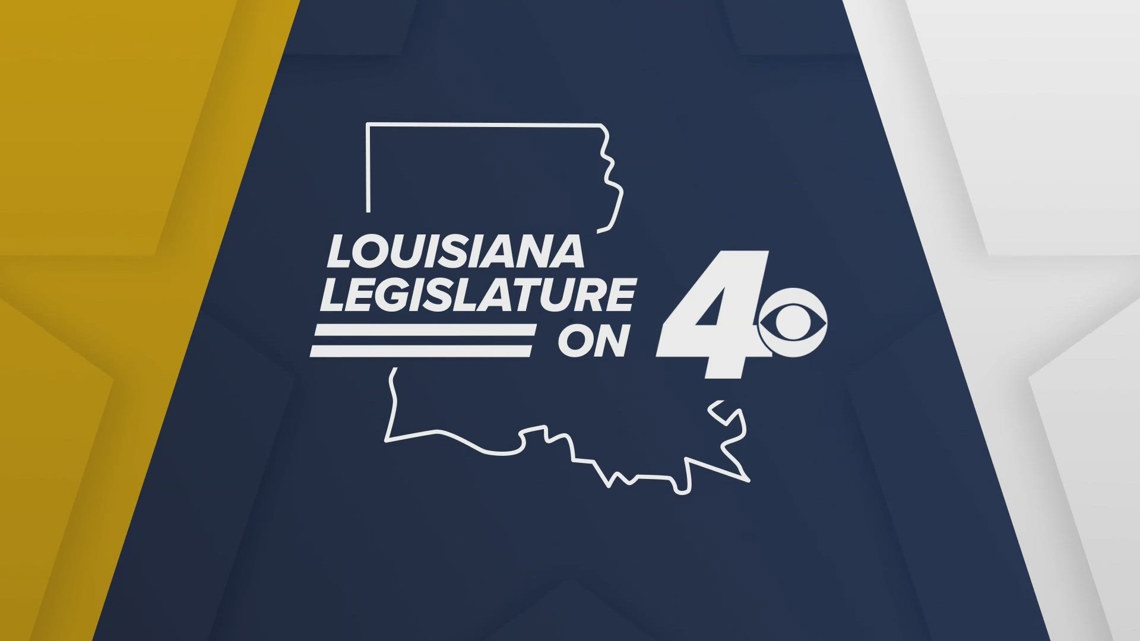Summary
A new Louisiana law prohibits artificial dyes and preservatives in school meals starting in 2027, mandates QR code labels for certain ingredients.
Source: WWL-TV

AI News Q&A (Free Content)
Q1: What are the main components of the new Louisiana law regarding school meals, and when will it take effect?
A1: The new Louisiana law mandates the prohibition of certain artificial colors and preservatives in school meals starting in the 2027-2028 school year. This includes food dyes such as Red 40, Yellow 5, and Blue 1, as well as preservatives like BHA and BHT. Additionally, schools are required to source at least 20% of their food from Louisiana farms. The law aligns with the 'Make America Healthy Again' initiative and aims to improve children's health by removing potentially harmful additives from their diets.
Q2: What effects do artificial food dyes have on human health according to recent research?
A2: Recent research highlights that artificial food dyes, particularly azo dyes like sunset yellow and tartrazine, can have severe side effects on human health. An advanced study demonstrated the use of nanoengineered yttrium iron oxide to detect these dyes in food, emphasizing the importance of monitoring their concentration due to potential health risks. These dyes have been associated with hyperactivity in children and other health concerns, prompting regulatory actions to limit their use in food products.
Q3: How does the Louisiana nutrition law relate to other states' initiatives, and what are its expected impacts?
A3: Louisiana's nutrition law is part of a broader movement among states such as West Virginia, Utah, Texas, Idaho, and Michigan, which have passed similar laws to eliminate harmful food additives. These initiatives are expected to improve public health by reducing children's exposure to potentially harmful substances in their diets. The law not only targets artificial additives but also encourages sourcing food locally, which could have positive economic impacts on local agriculture.
Q4: What are the broader implications of banning food additives like BHA and BHT in school meals?
A4: Banning food additives such as BHA (butylated hydroxyanisole) and BHT (butylated hydroxytoluene) in school meals is expected to reduce children's exposure to these preservatives, which have been linked to potential health risks including cancer and endocrine disruption. The broader implication is a shift towards healthier food standards in schools, which could lead to improved long-term health outcomes for students and potentially influence national nutrition policies.
Q5: What technological innovations are aiding in the detection of harmful food additives, and how effective are they?
A5: Technological innovations, such as the development of electrochemical sensors using nanoengineered materials, are proving effective in detecting harmful food additives. A recent study demonstrated the use of yttrium iron oxide nanoparticles combined with carbon nanofibers to sensitively and selectively identify azo dyes in food samples. These sensors offer a reliable and efficient tool for routine monitoring of food additives, with performance comparable to traditional methods like high-performance liquid chromatography (HPLC).
Q6: What are the specific changes to school nutrition standards in Louisiana regarding sugar and sodium content?
A6: In addition to banning certain artificial additives, Louisiana's new nutrition standards include updates on sugar and sodium content in school meals. By 2027, the law will limit added sugars in grain-based desserts and yogurt, and implement sodium reductions of approximately 10% at breakfast and 15% at lunch. These changes aim to adhere to healthier dietary guidelines and reduce the risk of obesity and related health issues among students.
Q7: How does the new law encourage local agriculture, and what are the anticipated benefits?
A7: The Louisiana nutrition law mandates that schools source at least 20% of their food from local farms. This requirement is intended to support local agriculture by increasing demand for locally produced food. Anticipated benefits include boosting the local economy, reducing food transportation emissions, and providing fresher, more nutritious food options for students, thereby promoting sustainable agricultural practices.
References:
- Advanced highly precise simultaneous electrochemical detection of toxic azo dyes with Nanoengineered yttrium Iron oxide decorated functionalized carbon nanofibers.



